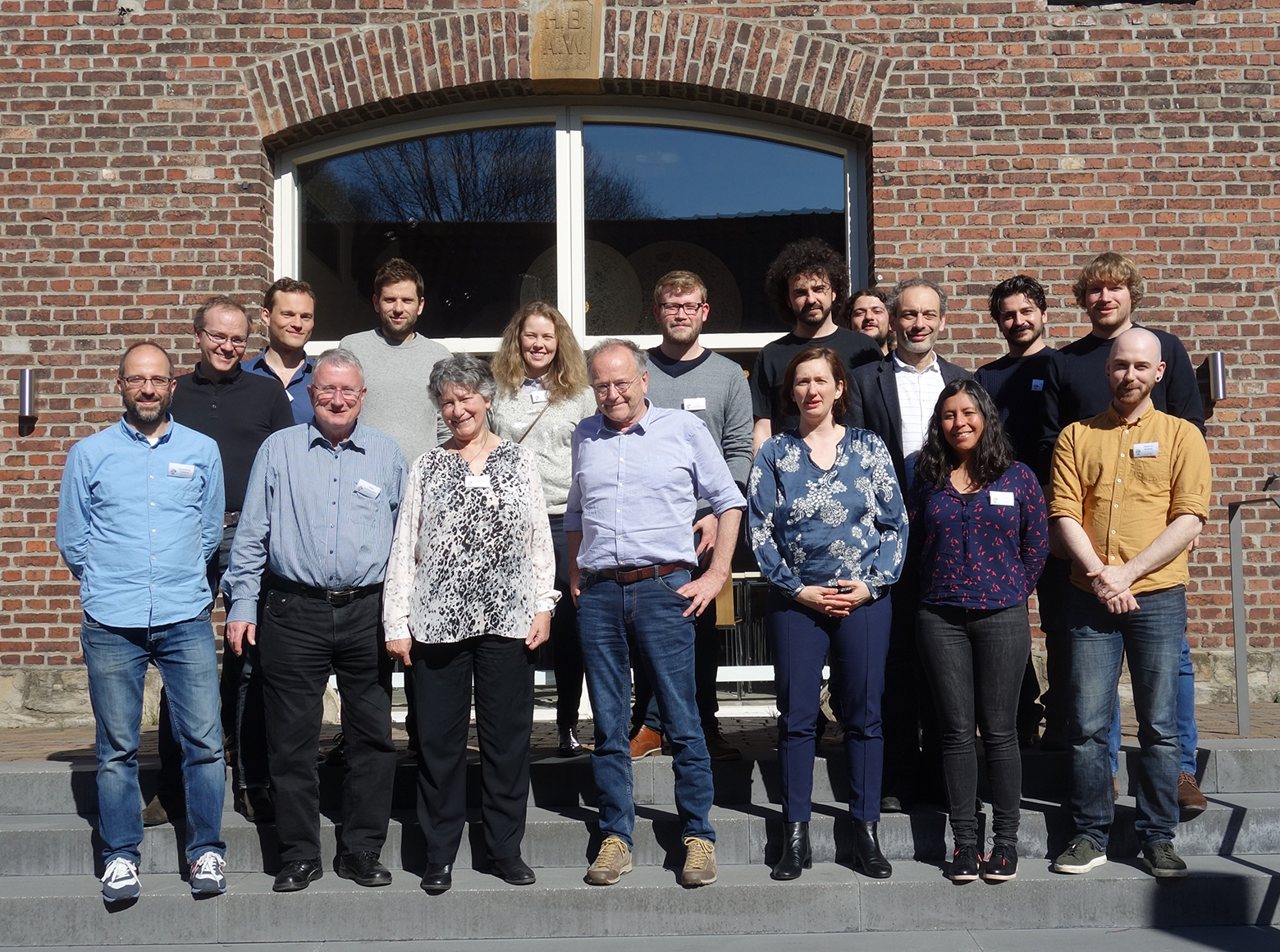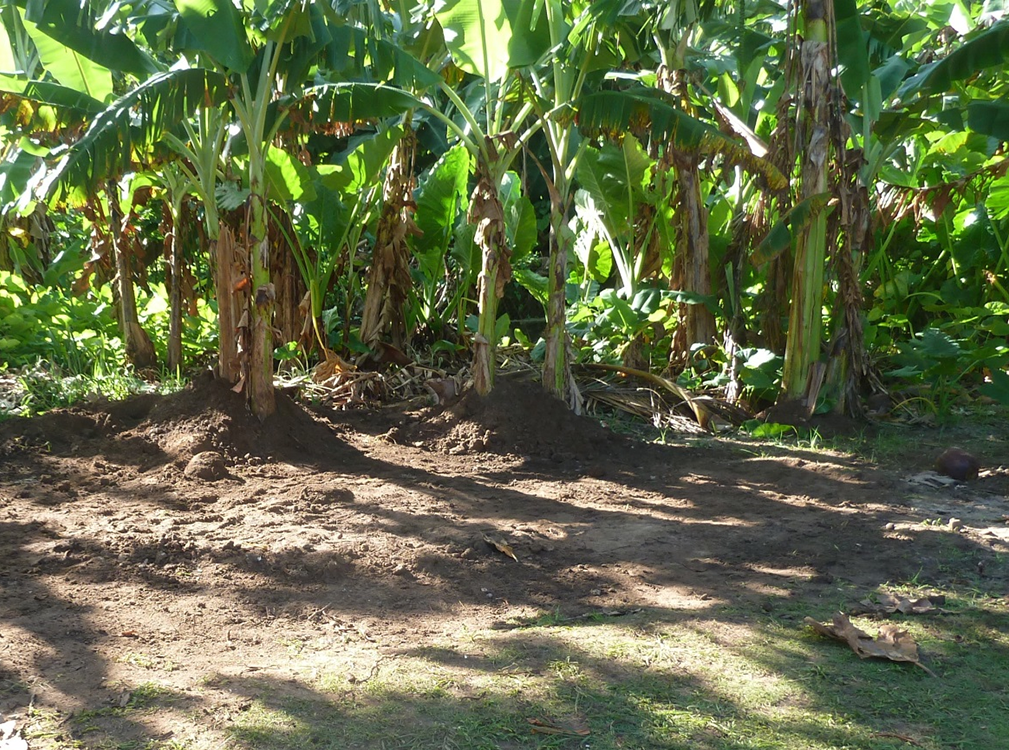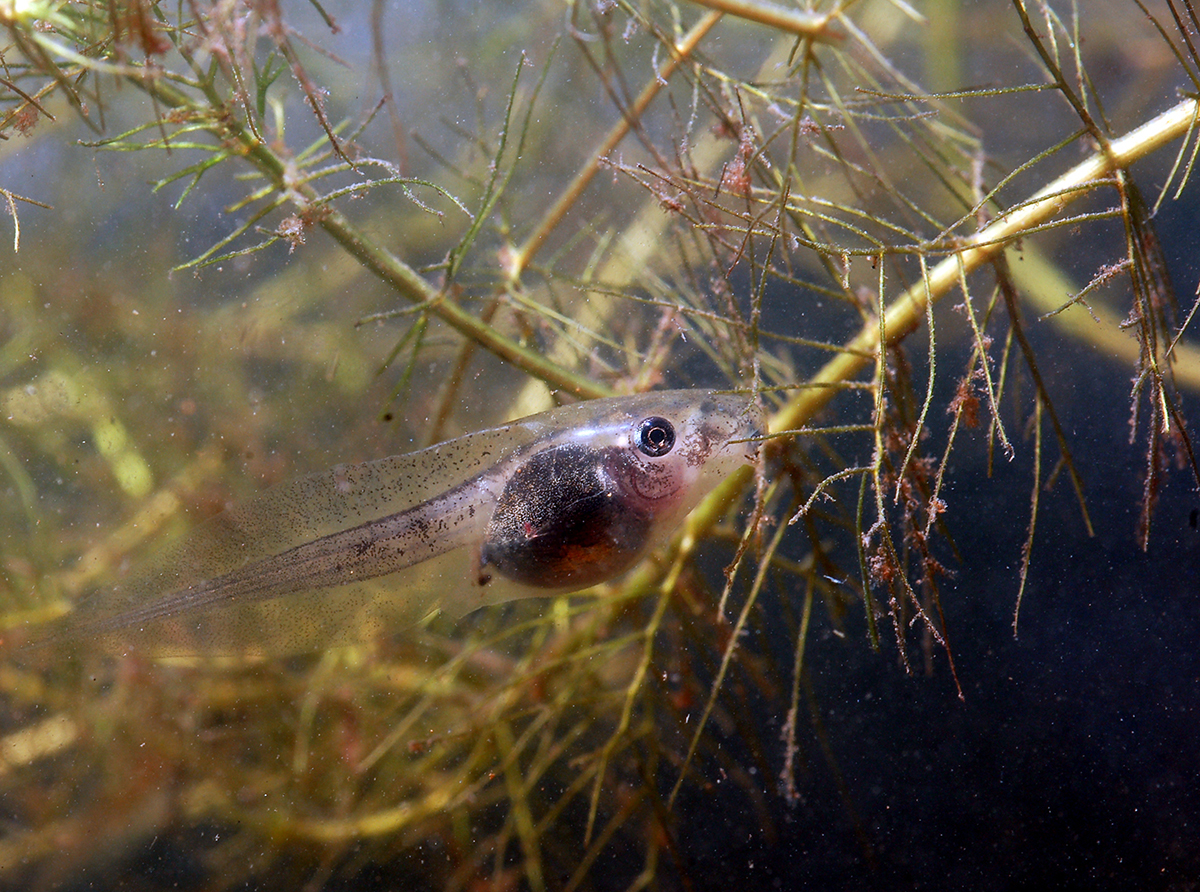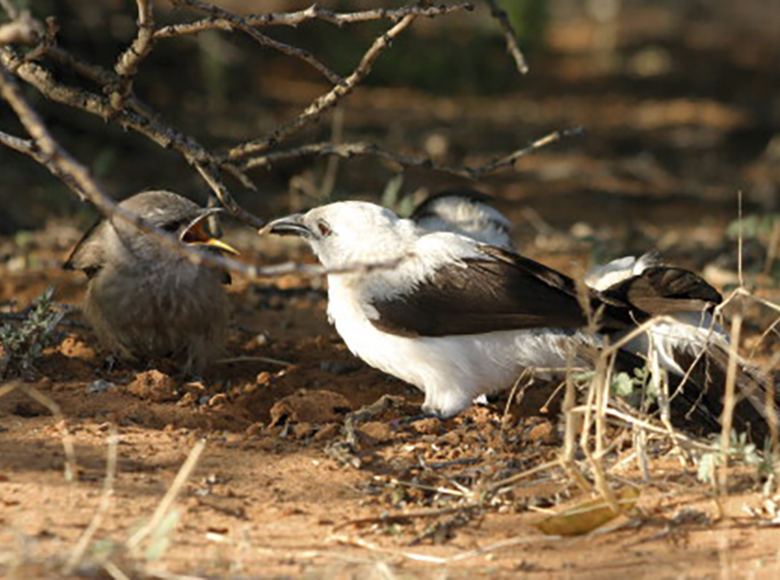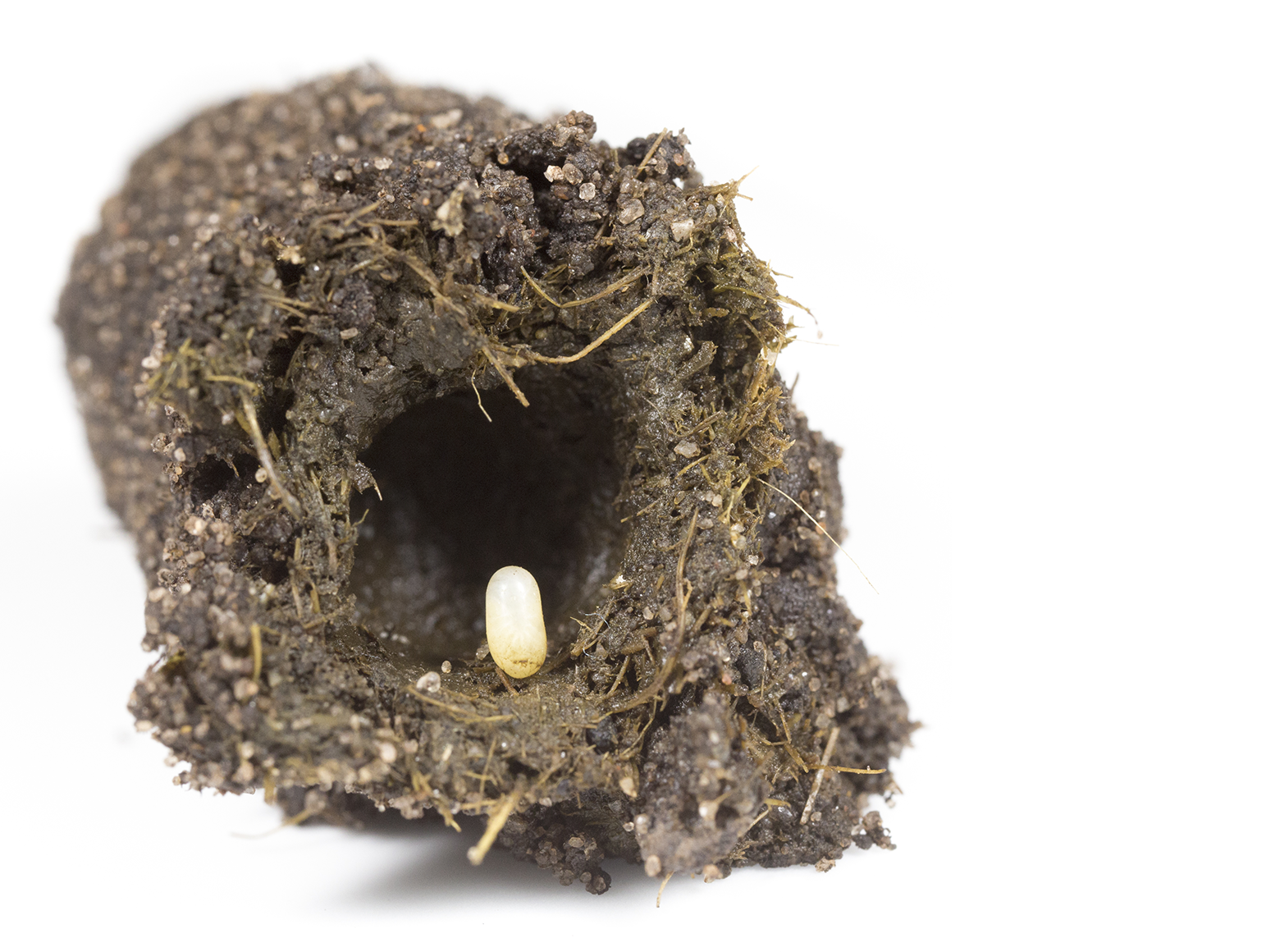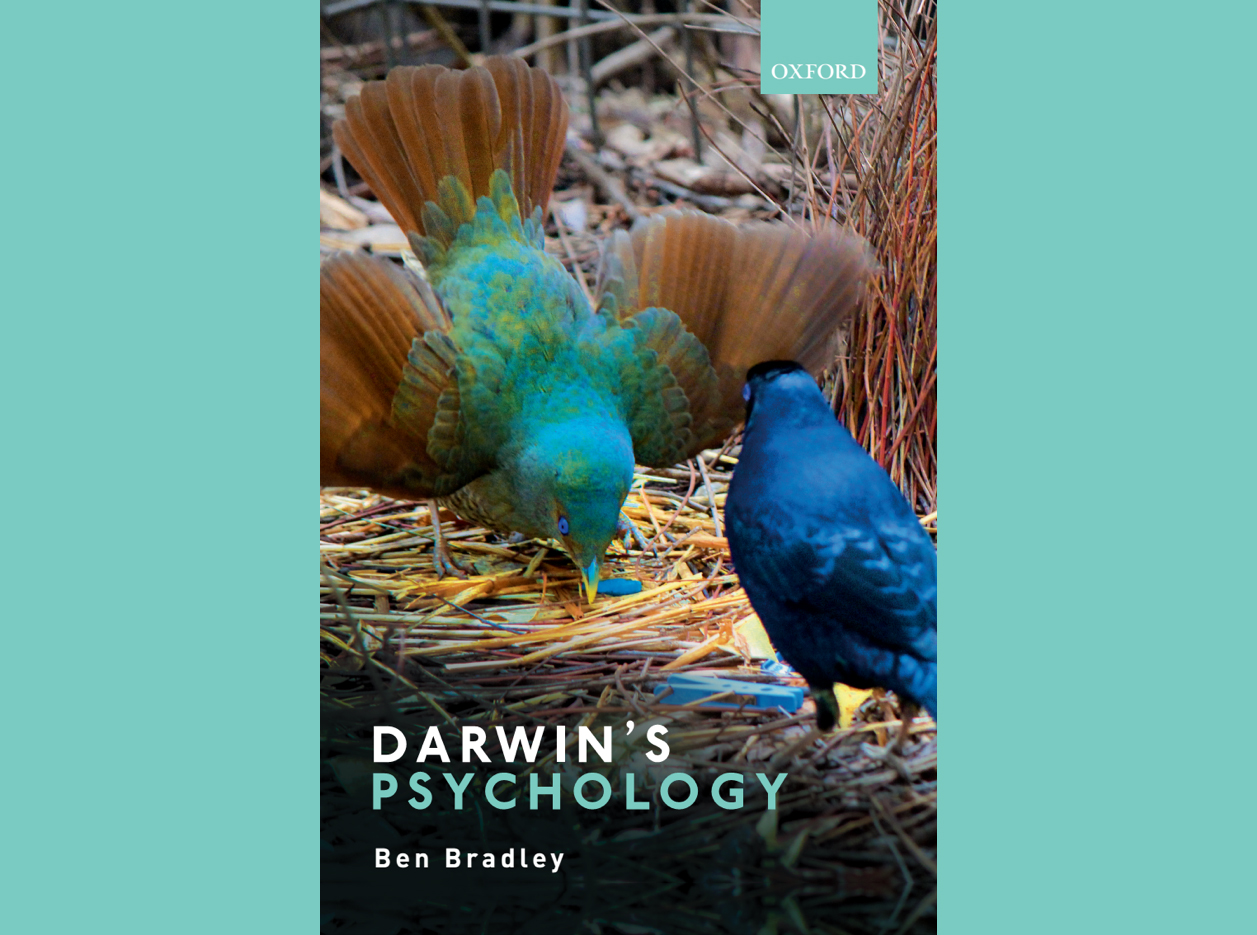‘The Extended Evolutionary Synthesis: Philosophical and Historical Dimensions’ Workshop Report
by Alejandro Fábregas-Tejeda
A group of biologists, philosophers and historians of science recently gathered at Ruhr University Bochum (RUB) for the 7th Workshop on History and Philosophy of the Life Sciences organized by Jan Baedke and Christina Brandt, entitled “The Extended Evolutionary Synthesis: Philosophical and Historical Dimensions” (21-22 March, 2019). This multidisciplinary community of scholars was brought together
read more